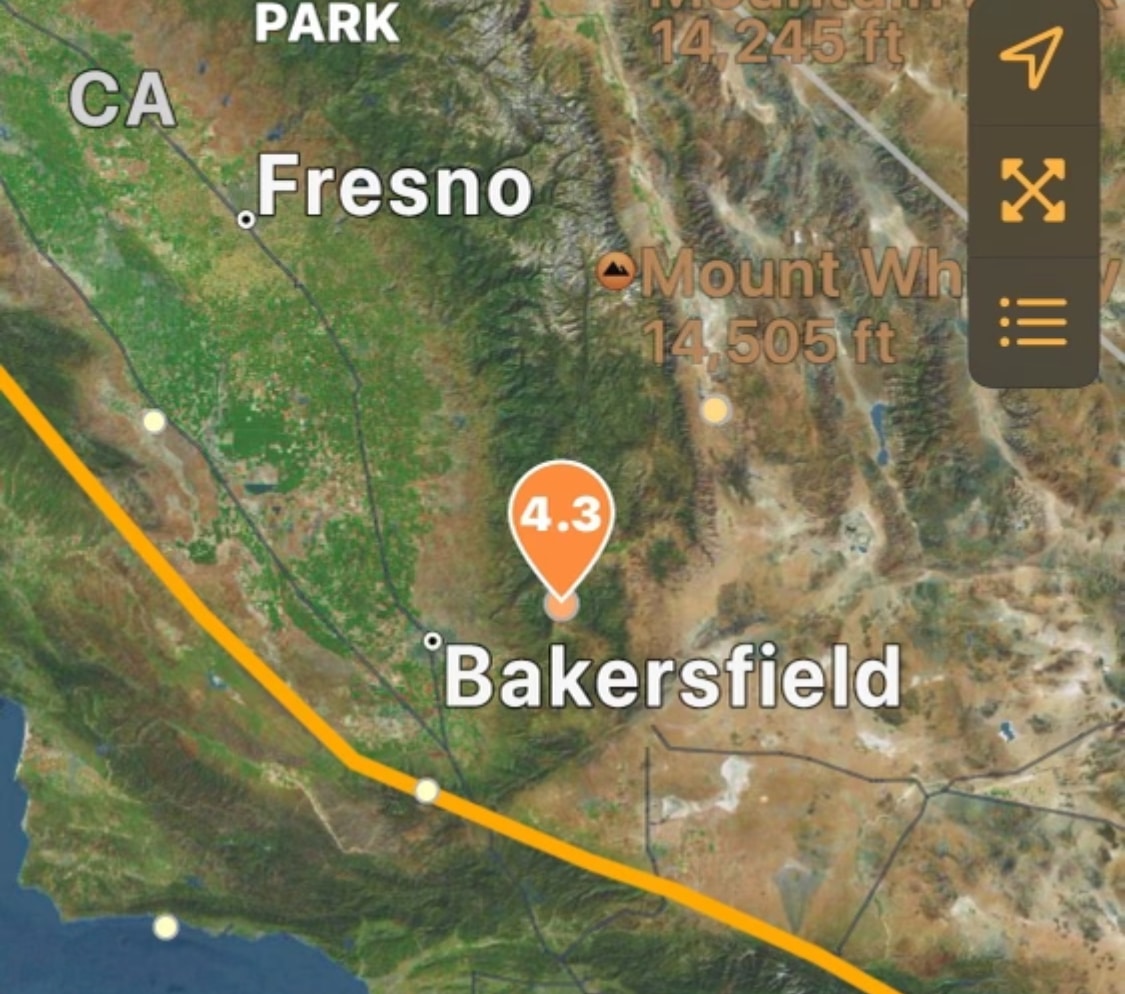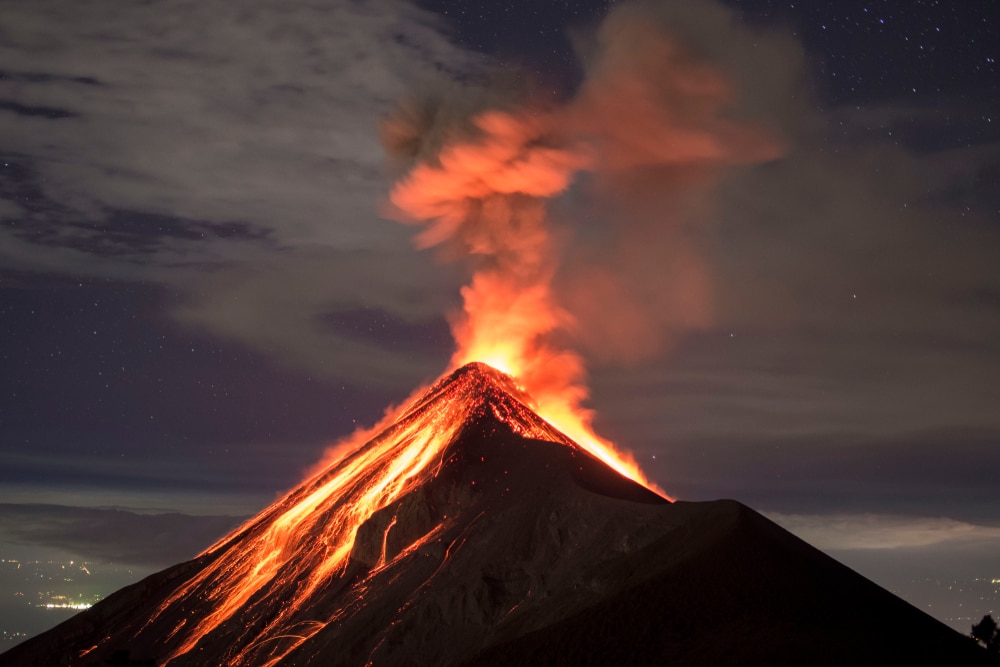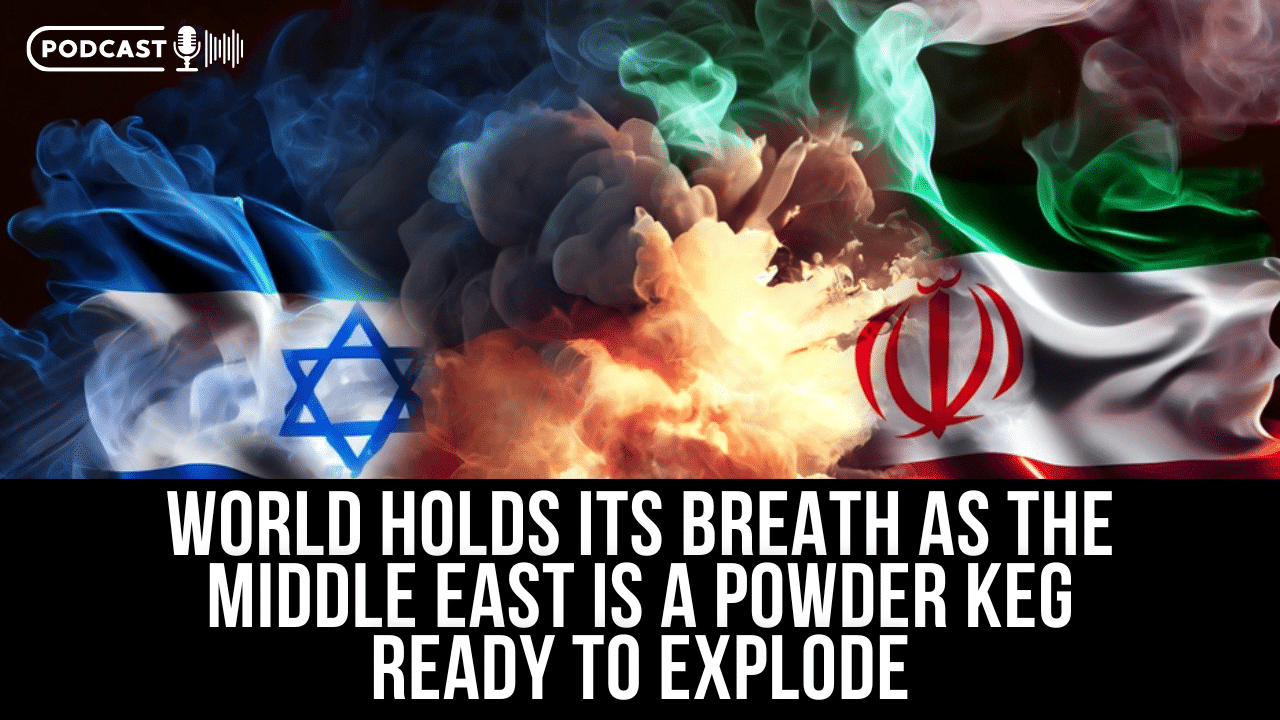Thinly-stretched rescue teams worked through the night into Wednesday, pulling the living and dead from the rubble of thousands of buildings destroyed in Turkey and Syria by catastrophic earthquakes and aftershocks that have killed over 11,000.
According to CBS News, Amid calls for the Turkish government to send more help to the disaster zone, Turkish President Recep Tayyip Erdogan visited a “tent city” in Kahramanmaras, where people forced from their homes are living. He conceded shortfalls early in Turkey’s disaster response but vowed that no one would “be left in the streets.”
Turkey now has tens of thousands of aid personnel in the quake zone, the Disaster Management Authority (AFAD) said, according to the Reuters news agency, and search teams from more than two dozen countries have joined them. But with the devastation so widespread, many are still waiting for help.
In the Turkish city of Malatya, bodies were placed side by side on the ground, covered in blankets, while rescuers waited for funeral vehicles to pick them up, according to former journalist Ozel Pikal, who saw eight bodies pulled from the ruins of building.
Pikal took part in the rescue efforts and said he believes at least some of the victims may have frozen to death as temperatures dipped to 21 degrees Fahrenheit.
“Today isn’t a pleasant day, because as of today, there is no hope left in Malatya,” Pikal told The Associated Press by telephone. “No one is coming out alive from the rubble.”
On the morning of February 6, 2023, a catastrophic series of earthquakes began in Turkey with a maximum magnitude of up to 8 on the Richter scale. The epicenter of seismic events lay in the Kahramanmarash region.
The macabre toll from the Turkey-Syria earthquake continues to rise at a very rapid pace, with rescue crews digging up bodies throughout the night. At the same time the earth has not stopped giving strong earthquakes. The earthquake occurred on a very large fault, which separates the Arabian plate from the Turkish plate. Turkey is moving like a wedge along two major faults, the eastern Anatolia and the north.
Dedicating its front page to the 7.8 Richter scale earthquake that struck Turkey and Syria at dawn, Corriere della Sera spoke to the president of INGV (National Institute of Geophysics and Volcanology), Carlo Doglioni, who pointed out that the Anatolian tectonic plate moved as much as three meters.
“What happened is that what we call the Arabian plate moved about three meters in a northeast-southwest direction relative to the Anatolian plate,” said Carlo Doglioni, adding that “the fault was activated for at least 150 kilometers, with more displacement and greater than three meters”.
“We are talking about continuous movement, the plane of the fault is very inclined and during the event we observe a horizontal displacement of the two sides of the fault. The two fins moved relative to each other. In other words: it is as if Turkey had moved in relation to the Arabian plate to the southwest.”
There is a great risk that these accounts will continue to increase at a rapid pace, taking into account the fact that apartment buildings have collapsed in cities such as Adana, Gaziantep, Sanliurfa, Diyarbakir. In Iskenderun and Antiyaman, public hospitals collapsed.
The earthquake was the biggest disaster in Turkish history since the catastrophic 1939 Erzincan earthquake that killed more than 33,000 people. However, there is every reason to think that things are actually much worse. (MORE)


















